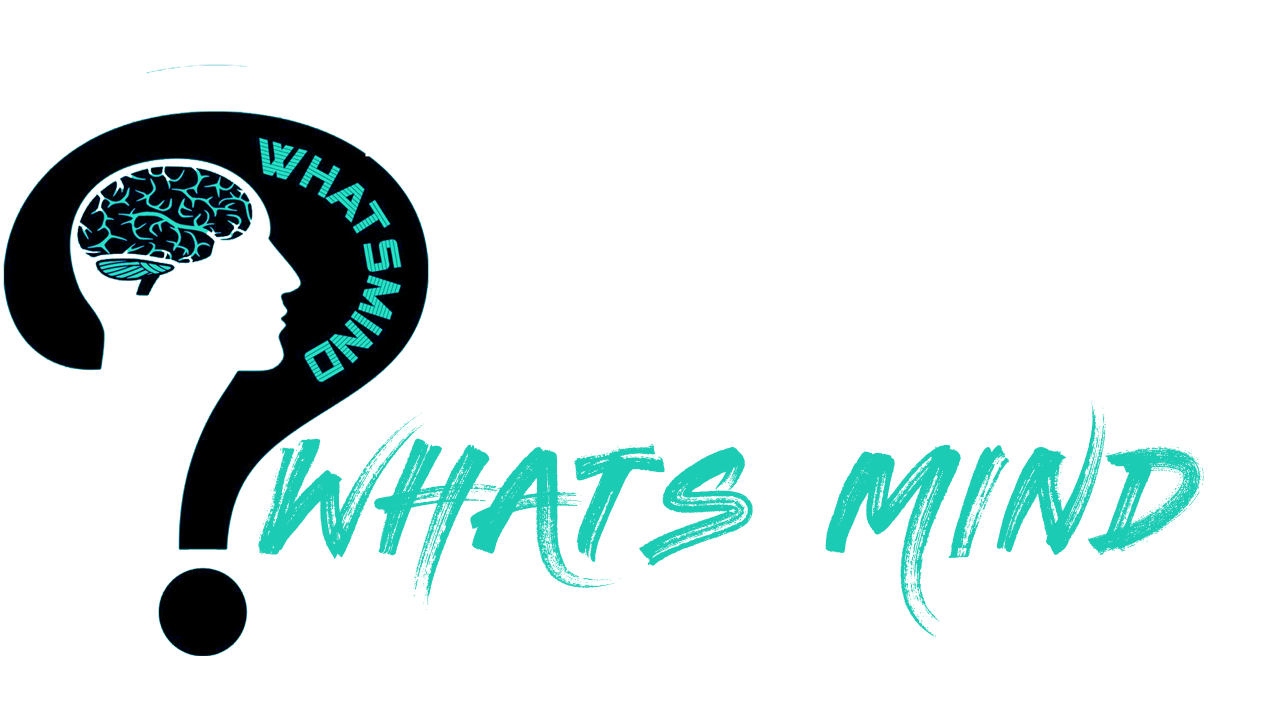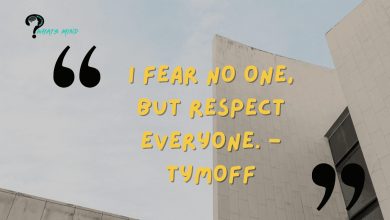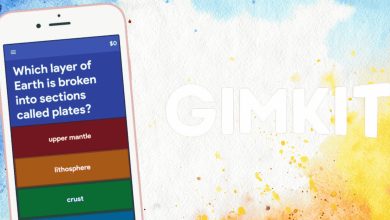Famous Austrian Artist Egon Schiele Artworks on Death, Sexuality, Grotesque, and Eroticism
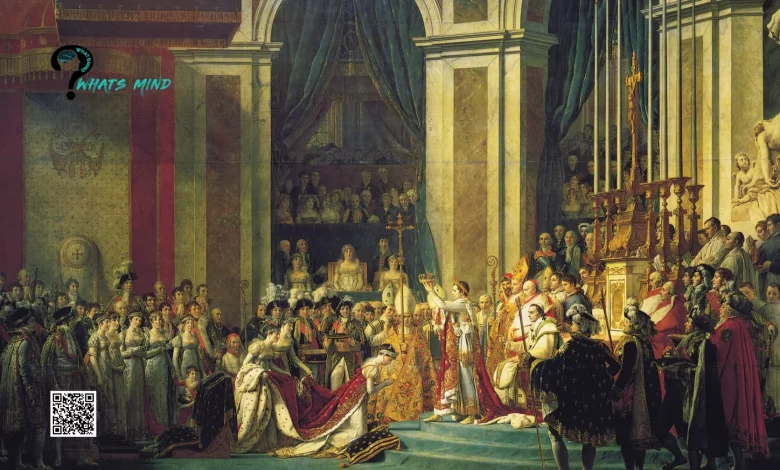
Do you love paintings or desire to see the Egon Schiele Artworks? Egon Schiele is Austria’s controversial expressionist, psychological artist, and erotic painter. In the 20th century, Egon played a leading role in Austrian Expressionism. With murky colors, he styles his art with long, sinuous black lines and moderate use of early colors.
Particularly, his paintings feature men and women at odd angles — twisted bodies at sexual angles. The Conservative generation finds his artwork offensive and disgusting. In most of his artworks, he had painted himself nude staring at the viewer directly. His self-portraits and distorting paintings exude sexual directness and sensitivity to emotions. Many critics have termed his work as pornographic, grotesque, and disturbing.
Table of Contents
Biography of Egon Schiele
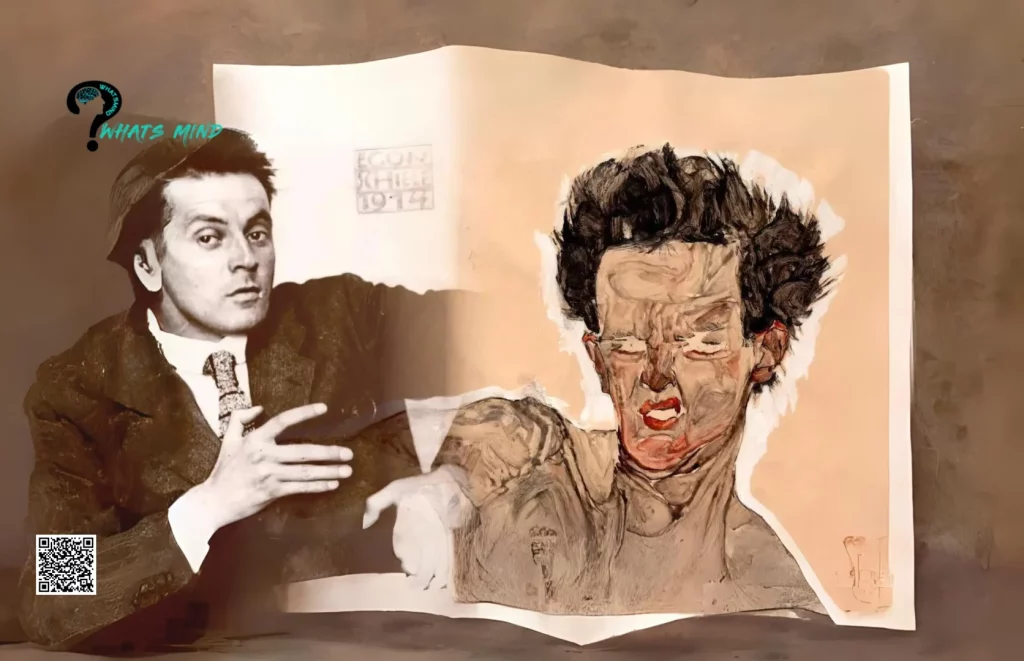
At the age of 17, Egon Schiele dropped out of art school and became an apprentice to Gustav Klimt. Gustav Klimt is an Austrian symbolism painter who exposed the works of Vincent Van Gogj and Edward Munch to Eogn. Therefore, Klimt’s Art Nouveau style influenced his early work.
As he grew up in the field, he started to develop his interests and style. Different forms of intricate human bodies and human sexuality inspired him a lot which developed his daring artistic style. At the age of 28, he succumbed to Spanish influenza. Although he lived a short life, it was filled with notoriety and scandals.
The scandals included a 24-day prison, incestuous relationships, and pedophilia. Egon Schiele’s artworks are majorly based on death, discovery, and sex. During his lifetime, he drew almost 3,000 drawings and 300 paintings. His legacy has inspired numerous artists and singers like David Bowie, and Sex Pistols vocalist Sid Viscous.
Famous Egon Schiele Artworks
Famous Egon Schiele artworks are the following:
Portrait of Wally
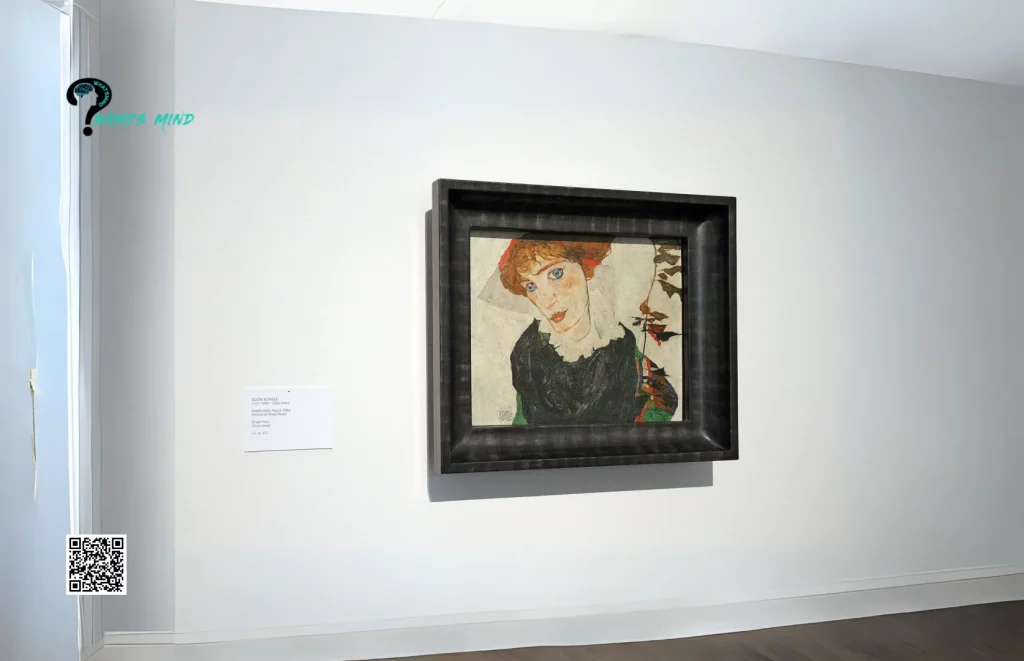
Portrait of Wally is the most famous artwork of Egon depicting a woman with short brown hair and wide openings. Piercing blue eyes are the starring out of the painting. The painting has been auctioned multiple times. You must be wondering who’s Wally? Walburga Neuzil is a model and 17-year-old girl who worked for Klimt.
In 1911, egon met her for the first time in Vienna. There were various about her that she’s Klimt’s mistress. However, Schiele and Wally became lovers and moved to Neulengbach. At Neulengbach, he formed a studio and got arrested for displaying erotic pictures in public.
In 1914, the couple parted ways when Schiele decided to marry Edith Harms. In 1939, the Portrait of Wally was in the hands of Lea Bondi Jaray. At that time, Friedrich Welz demanded the portrait from the Jewish gallery owner who was fleeing the German Annexation of Austria, Lea Bondi.
At the end of World War II, the United States seized Welz as well as the painting. Later, it was mistakenly sold to Austria Austria National Gallery. In 1954, Rudolph Leopard purchased the painting for his collection. Whereas, the Austrian government bought the portrait in 1994 for $500 million for the Leopold Museum. Leopold was the director of the museum until 2010 when he died.
Although Lea Bondi Jaray’s heirs tried to get the portrait by filing a report that the painting was taken from them through force, however, they settled the matter by receiving $19 million. Presently, the Leopold Museum presents it.
Portrait of Edith Schiele
Another famous portrait among Egon Schiele Artworks is of his wife Edith. In 1915, he painted his wife in a colorful spirited dress. Edith’s hair is messy, while her joyous expression is of naivety and innocence. The couple met each other in 1914 and got married. Edith was the daughter of a protestant locksmith who lived near his house.
The couple was married in 1915 and started living in Hietzing. Both died due to Spanish influenza in 1918, Edith was pregnant at that time. At Museum Den Haag in Hague, Netherlands, her portrait is exhibited.
Self Portrait with Chinese Lantern Plant
In the artwork, he shows himself in a long black-sleeved shirt. The spiky hairs aren’t visible in it as they’re cropped out. Like his other works, this one had off angles as well and the character was looking straight at the viewer. Moreover, it exudes confidence due to raised eyebrows.
This self-portrait was a companion to Wally’s painting, and both were painted in 1912. In 1994, the Leopold Museum got hold of the painting at $500 million, among 5,400 other paintings. Until now, his self-portrait is the most celebrated painting presented at the Leopold Museum.
The Embrace of Egon Schiele
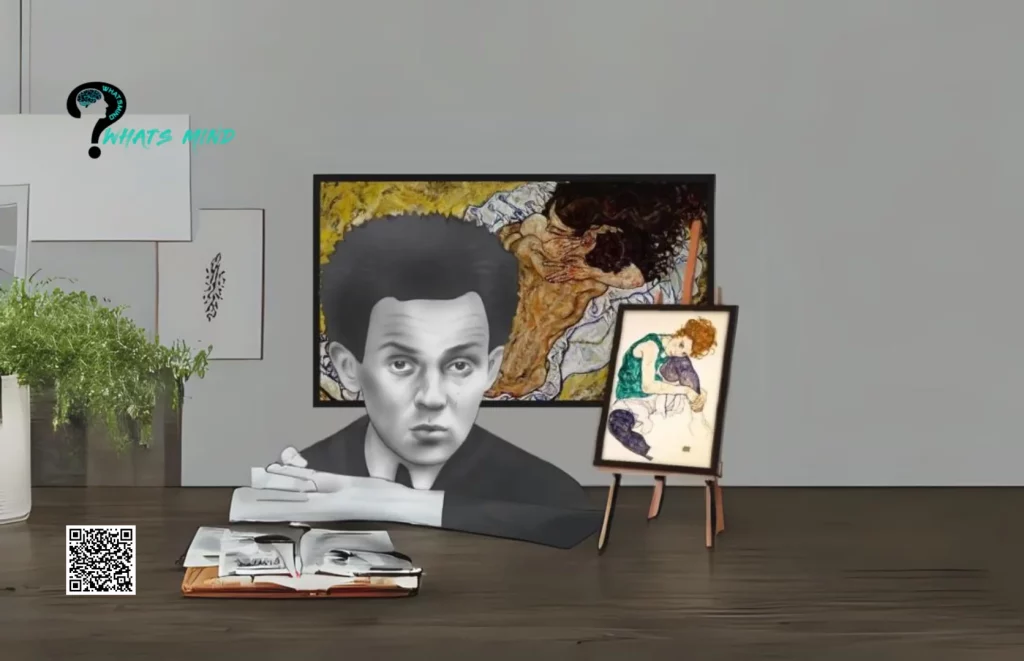
As the name suggests, the painting presents a man and woman intimately linked to each other bodies. The pair is lying on a crumpled bed sheet with a musky background, interlocking their arms.
The woman has wrapped her hands around the man’s shoulder, while the man’s face is buried in the woman’s hair, and his back is towards the viewers. Critics believe that this Egon Schiele artwork is a portrayal of the intimate scene between Egon and Edith as it was fated back to 1917.
In 1915, his works became less gaunt or distorted as he was inspired to romantic depictions of love and sexuality. At Österreichische Museum in Vienna, Austria, you can find the Embrace.
Four Trees
Apart from depicting sexual imagery, Egon Schiele Artworks were also famous for beautiful landscape paintings. In 1917, he drew four trees for a sunset spectacle. In the picture, the trees at the sides were heavy with leaves while the middle ones were almost barren. The beautiful color contrast allures the viewer.
Many critics have viewed the artwork as a symbolic representation of life. Present, Belvedere, Vienna, Austria holds the Four Trees.
Portrait of Gerti Schiele
In 1909, he painted one of his earliest artworks depicting a woman with closed eyes and face turned to the left, Gerti Schiele. Terri Schiele was two years younger than his brother (17 years old) at that time. With a blend of oil and metallic paint, and silver, bronze, and gold shades against a pristine setting, he created this masterpiece.
Growing up together, she became his model at home. Eventually, both started to have incestuous feelings for each other and once spent a night at a hotel together. In New York City, this portrait is being housed at the Museum of Modern Art. This painting is influenced by Klimt (softer brushes and two-dimensional strokes).
Death and the Maiden
Death and the Maiden encompasses two themes of Egon Schiele Artworks, death and eroticism. The scene is painted with a color palate of dab and rust from a high vantage point, showing two fingers. One is a man in a dark-colored dress while the other is a woman in bright colored dress.
Both are locking each other in a sad and pessimistic embrace, showcasing a scene of gloominess. In 1915, he drew the painting after telling his girlfriend Walburga that he was going to marry Edith. Presently, it’s kept in Belvedere, Vienna, Austria.
Standing Girl in a Plaid Garment
Among Egon’s artworks, Standing Girl in a Plaid Garment is the largest drawing. It consists of Conte crayon and black chalk on brown wrapping paper. The drawing is naked in the upper half and exudes callers and grace. However, the bony fingers appear awkwardly in the frame.
In 1909, he drew it when he began to get influenced by Sigmund Freud’s theory about sexuality and the mind as well as Klimt’s influence.
Houses with Laundry (Seeburg)
Among his landscape artworks, Houses with Laundry is the most expensive one. In 2011, Houses with Laundry was sold for $40.1 million at Sotheby’s. Through a bird’s eye view, it depicts two huge houses with chimneys and archways. The other significant part of the painting is clothes handed at houses.
Art critics decipher Houses with Laundry depicting a personal and family connection to the houses. In the scene, Egon Schiele has painted the birthplace region of his mother, Krumeu. For some years. He lived there and referred to it as a “Dead City.”
Conclusion
Egon Schiele artworks depict sensual images, death, groestewue, and sexuality. He was deeply impressed by some artists, Klimt and Sigmund Freud. Therefore, he was well known for his erotic and luscious paintings.
More that we think you would like to read about:
- The Power of Color Psychology: My Experience Wearing Yellow for a Week
- How Do Biblically Accurate Angels Look In Reality?
- What colors make orange?
For more info visit Whatsmind.com
